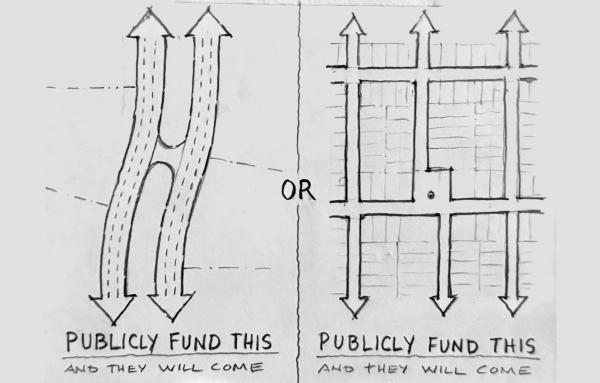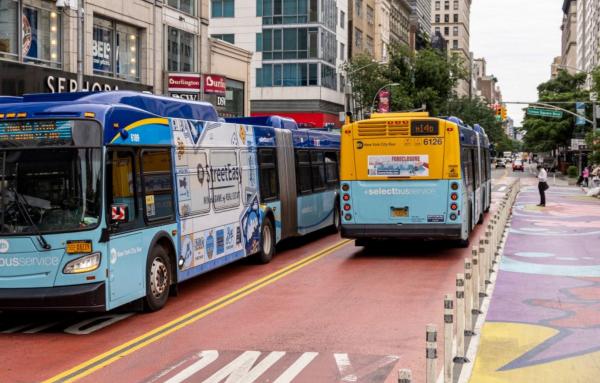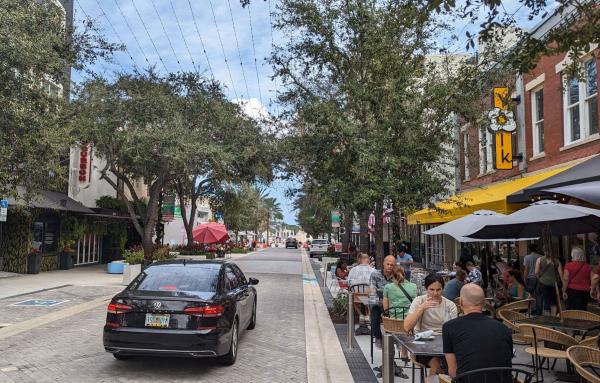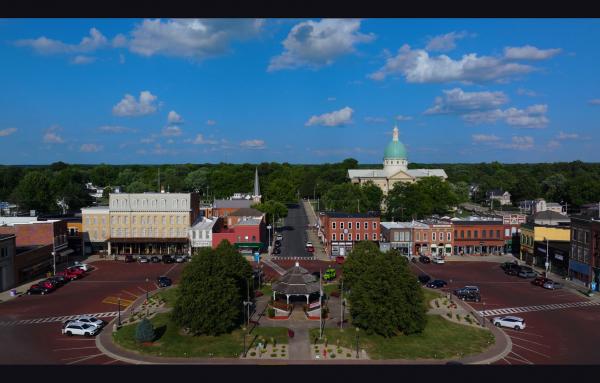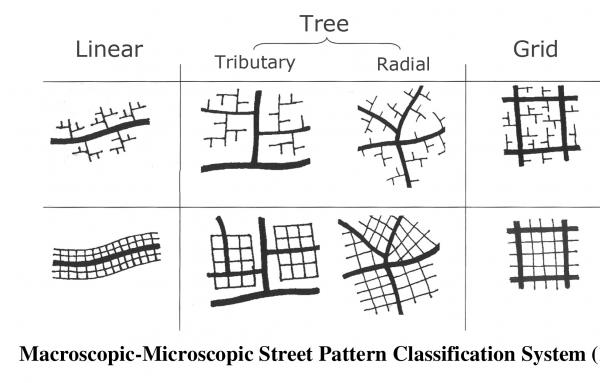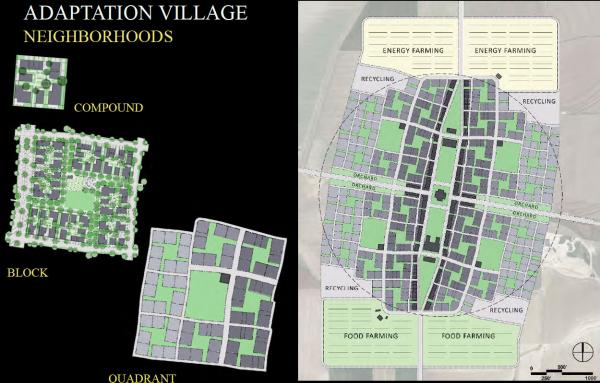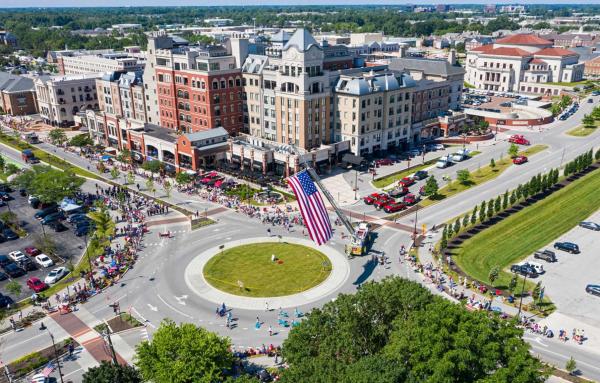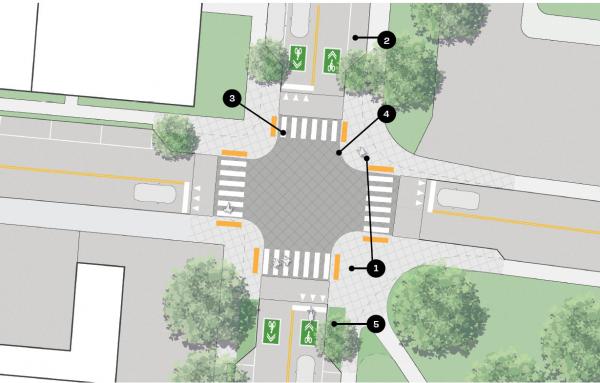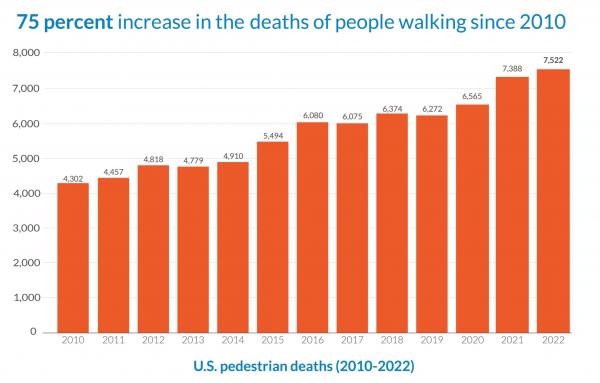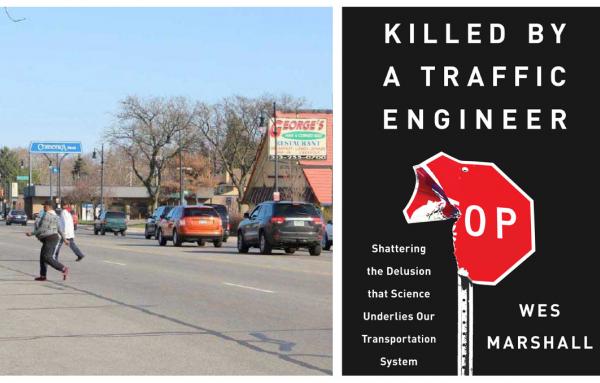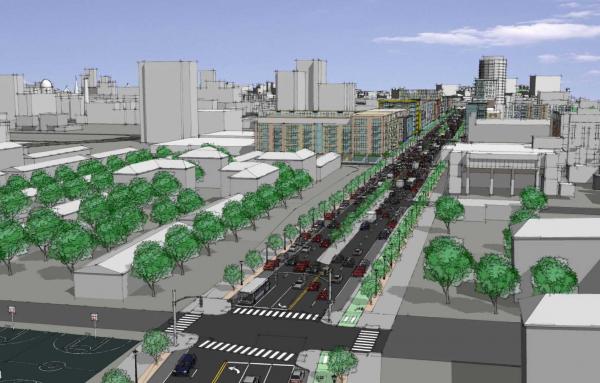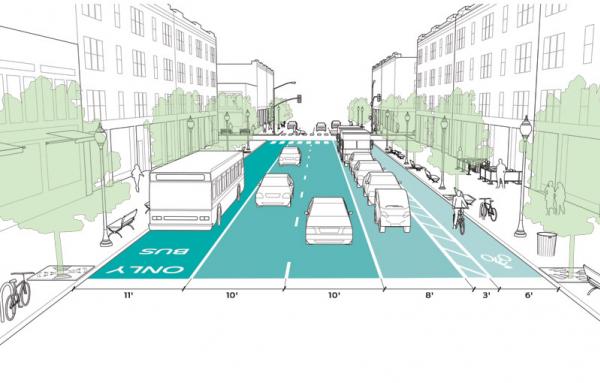Streets
A postcard sketch competition asked Urban Guild members to draw some ideas in a few minutes during an evening gathering at the Guild Summit in Chattanooga in late October. The members include architects, urban designers, and other urbanists.
The key to safer and more pleasant streets that add value to downtowns is to slow traffic.
The most storied US highway, also known as America's Main Street, inspired filmmakers to discover New Urbanism. The centennial of Route 66 is an opportunity to celebrate place in the heartland.
We need street network reform, not just housing, to create abundant, thriving, healthy communities.
The Adaptation Village offers a twist on the street grid, consisting mostly of slow-speed, shared-use mews.
The fast-growing Indianapolis suburb had the gumption to reform its suburban street network—a rare achievement that should get more attention.
Camp Washington, a neighborhood in Cincinnati, has tremendous potential to grow. Planners offer a blueprint for walkable development, focusing on public realm improvements like a two-step process for intersection repair.
The semi-annual Dangerous by Design identifies the most dangerous regions and deadly modern thoroughfares, designed so that too many people die in the prime of life.
Wes Marshall’s new book, Killed by a Traffic Engineer, reveals the profession’s shaky, unscientific foundations—and points the way to safer, healthier streets.
The demolition and replacement of Syracuse’s I-81 viaduct with a “community grid” cleared a key legal hurdle, as a New York State court unanimously overturned a lower court ruling blocking the project.
An American Society of Civil Engineers survey shows the challenges to creating more walkable streets, yet the way forward is to enable more context-based design.
